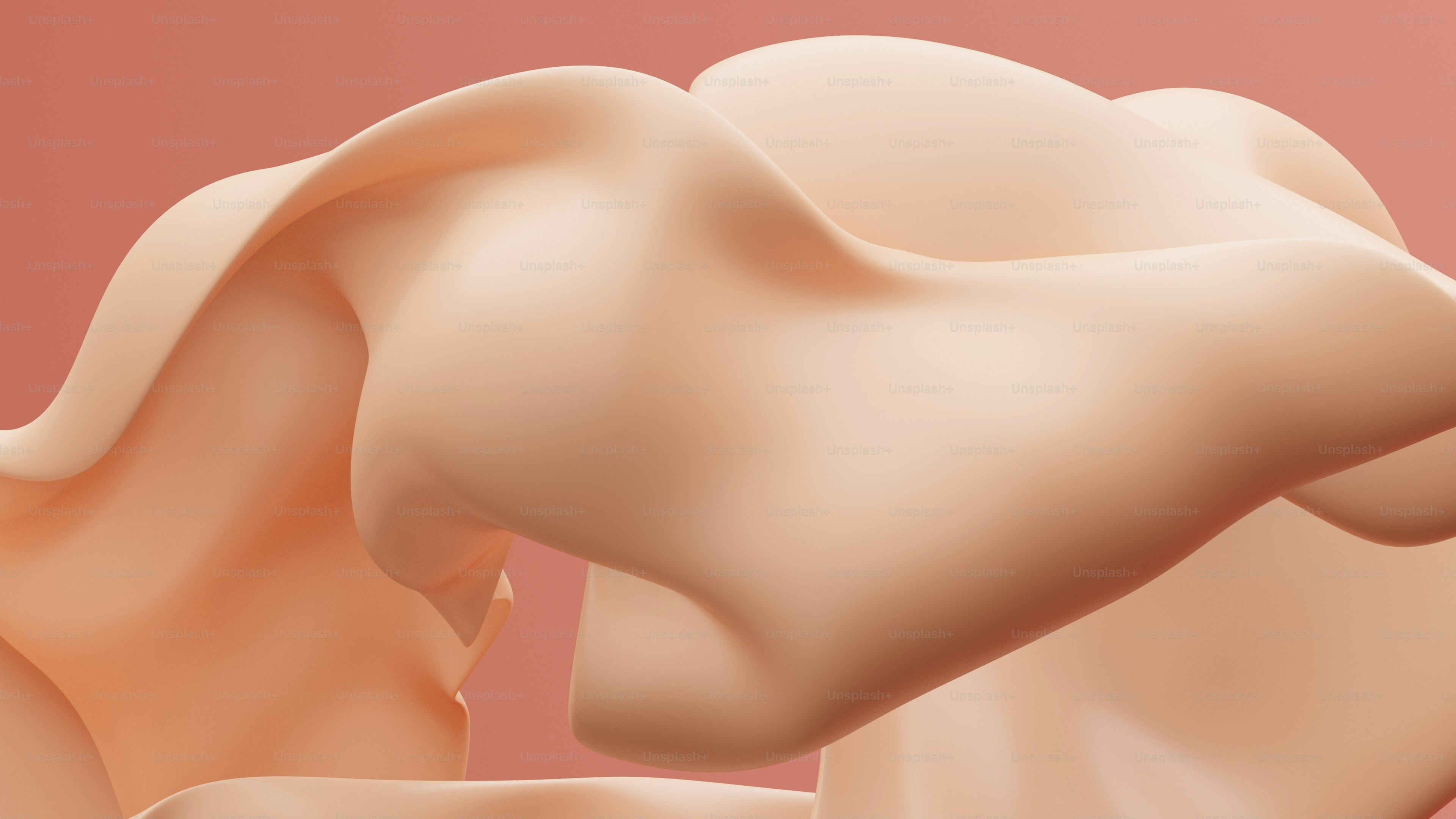malorier121209
About malorier121209
Observational Insights into the Treatment of Erectile Dysfunction: Patterns, Preferences, and Outcomes
Erectile dysfunction (ED) is a prevalent condition that impacts tens of millions of men worldwide, significantly impacting their quality of life and intimate relationships. As an observational examine, this article goals to discover the varied treatment modalities obtainable for ED, patient preferences, and the outcomes associated with completely different interventions. By way of careful evaluation of present literature and real-world knowledge, we are able to glean helpful insights into how ED is addressed in clinical follow.
The treatment panorama for ED is diverse, encompassing pharmacological, non-pharmacological, and surgical options. The most typical pharmacological treatments include phosphodiesterase kind 5 inhibitors (PDE5i) such as sildenafil (Viagra), tadalafil (Cialis), and vardenafil (Levitra). These medications work by enhancing the effects of nitric oxide, a natural chemical that relaxes muscles within the penis and increases blood circulation, facilitating an erection in response to sexual stimulation. Observational research point out that PDE5i are efficient for approximately 60-80% of males with ED, making them the first-line therapy generally.
Nonetheless, despite the efficacy of PDE5i, many patients both do not reply to these medications or experience negative effects that limit their use. In consequence, different treatments are often explored. Vacuum erection units (VEDs) are a non-invasive option that entails making a vacuum across the penis to attract blood into it, followed by the appliance of a constriction band to take care of the erection. Though VEDs can be efficient, they require a stage of consolation and willingness to engage with the device, which can deter some patients.
Intracavernosal injections (ICI) of vasoactive agents equivalent to alprostadil symbolize another treatment avenue. These injections can yield a excessive success price, typically exceeding 80%. However, the necessity for self-injection and potential discomfort could limit affected person adherence. Observational data suggest that while patients who select ICI usually report satisfaction with the results, the preliminary barrier to beginning this treatment could be vital.
For many who do not reply to pharmacological treatments or favor a more everlasting solution, penile prosthesis implantation is an option. This surgical intervention entails the insertion of inflatable or malleable devices inside the penile tissue, allowing for the flexibility to realize an erection. If you have any questions concerning where and how to use erectile dysfunction treatment without prescription, you can speak to us at our own website. Observational studies have reported high satisfaction charges amongst males who endure penile prosthesis surgical procedure, with many citing improved quality of life and relationship satisfaction put up-operatively. Nonetheless, the invasiveness of the process and associated risks, reminiscent of infection and mechanical failure, should be fastidiously considered.
As well as to these treatments, the role of lifestyle modifications in managing ED cannot be missed. Elements akin to obesity, smoking, extreme alcohol consumption, and lack of physical exercise are identified to contribute to the event of ED. Observational research have proven that men who undertake healthier lifestyles—such as engaging in common train, maintaining a balanced weight-reduction plan, and quitting smoking—often experience enhancements in erectile function. Moreover, psychological factors similar to stress, anxiety, and depression can exacerbate ED, highlighting the significance of addressing mental well being in treatment plans.
Patient preferences play an important role in determining the best suited treatment for ED. Observational analysis signifies that men often prioritize elements reminiscent of effectiveness, ease of use, safety, and the affect on spontaneity when selecting a treatment choice. As an illustration, whereas PDE5i are favored for his or her convenience and fast onset of action, patients could gravitate in the direction of non-invasive choices like VEDs if they have issues about treatment uncomfortable side effects or interactions with different well being conditions.
The importance of shared determination-making within the treatment of ED is increasingly recognized. Healthcare providers are inspired to engage patients in discussions about their treatment choices, bearing in mind individual preferences, way of life factors, and underlying well being situations. This collaborative method not only empowers patients but in addition fosters a sense of possession over their treatment journey, which can enhance adherence and satisfaction.
Moreover, the combination of telemedicine into ED management has gained traction, notably within the wake of the COVID-19 pandemic. Observational studies have shown that telehealth consultations can facilitate entry to care for men who may be hesitant to hunt in-individual evaluations due to stigma or discomfort. Virtual appointments enable for discussions about delicate subjects in a more personal setting, potentially leading to earlier prognosis and treatment initiation.
Regardless of the advancements in ED treatment options, a number of challenges stay. Stigma surrounding ED can stop males from looking for help, resulting in underdiagnosis and undertreatment. Additionally, disparities in access to care based mostly on socioeconomic status, geographic location, and cultural elements can hinder equitable treatment. Observational research underscores the need for targeted outreach and training initiatives to lift awareness about ED and encourage males to hunt appropriate care.
In conclusion, the treatment of erectile dysfunction encompasses a wide array of options, every with its personal advantages and limitations. Observational insights reveal that whereas PDE5 inhibitors stay the cornerstone of ED management, different therapies and way of life modifications play important roles in addressing this advanced situation. Patient preferences and shared decision-making are important in tailoring treatment plans to individual needs. As the landscape of ED administration continues to evolve, ongoing analysis and observational research will likely be important in understanding the effectiveness of varied interventions and enhancing affected person outcomes. By fostering an surroundings of open dialogue and help, healthcare suppliers may also help men navigate the challenges of ED and improve their overall effectively-being.
No listing found.


